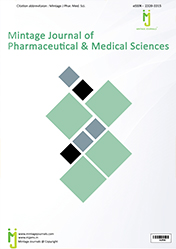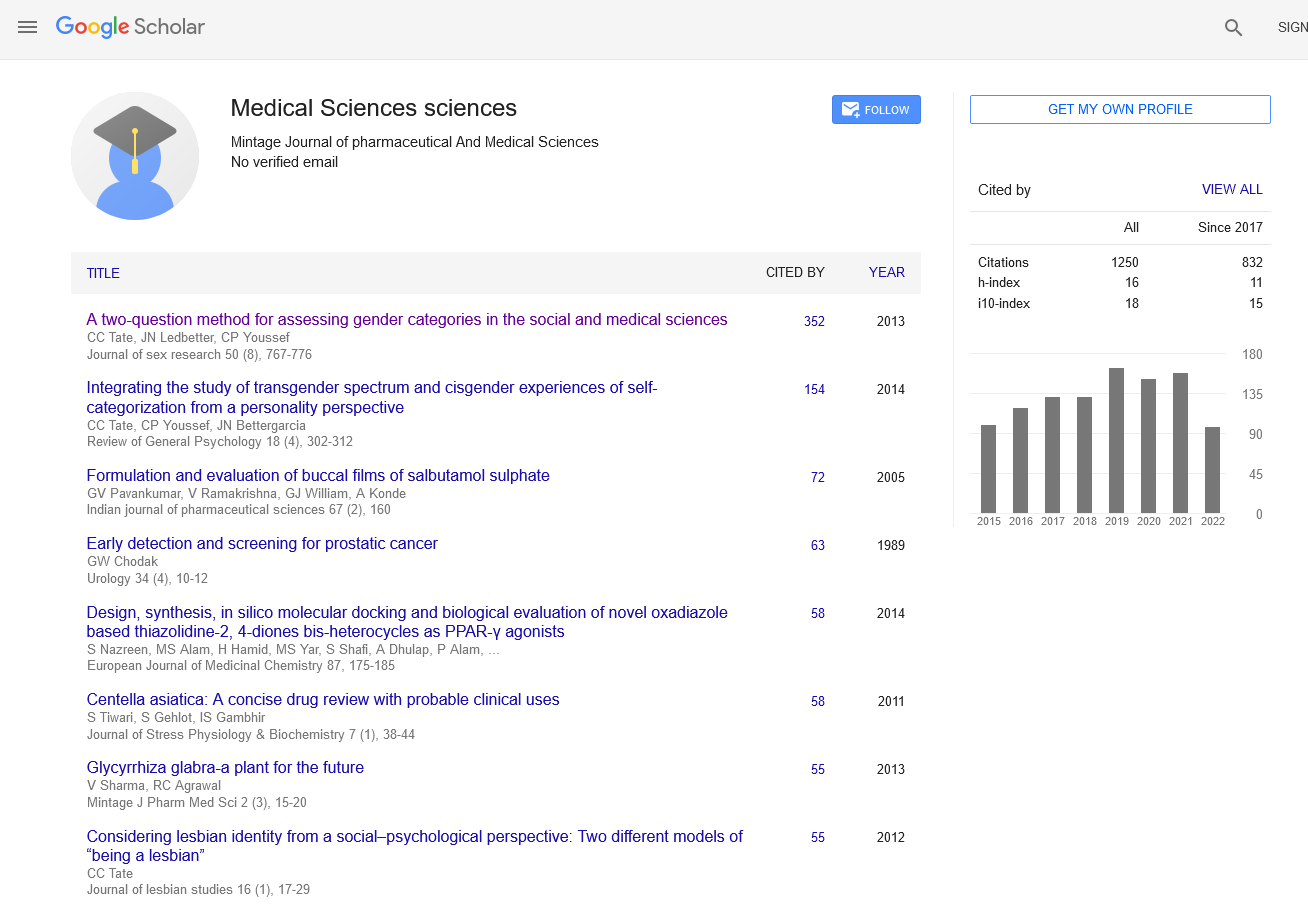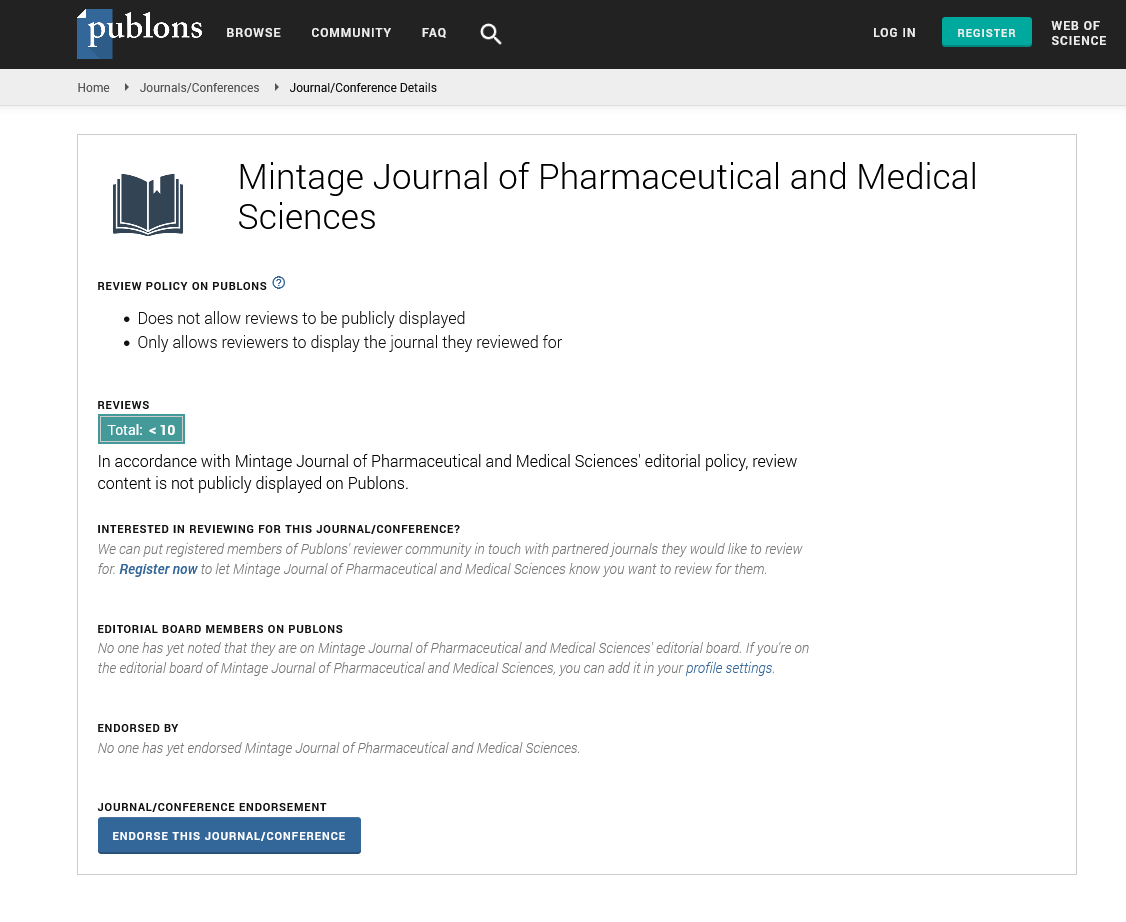From Relief to Crisis: Battling the Global Opioid Epidemic
Commentary - (2024) Volume 13, Issue 2
Description
The use of opioids, once hailed for their effectiveness in managing pain, has escalated into a worldwide crisis of addiction and overdose deaths. Delves into the evolution of opioids from a revolutionary pain management solution to a catastrophic global health crisis. Initially prescribed for their potent analgesic properties, opioids have since led to widespread addiction, overdoses, and severe social and economic consequences. This article traces the history of opioid use, the factors contributing to the epidemic, and its profound impact on individuals and communities worldwide. It highlights the multifaceted approaches needed to tackle this crisis, including advancements in medical treatment, changes in prescription practices, legal regulations, and public health initiatives. The piece emphasizes the necessity for a coordinated global effort to address the epidemic’s complex challenges and mitigate its devastating effects. What began as a promising solution for pain relief has spiraled into an epidemic that knows no borders, affecting individuals, families, and entire communities. Opioids, including prescription painkillers like oxycodone, hydrocodone, and morphine, as well as illegal drugs like heroin and illicitly manufactured fentanyl, have become widely accessible and increasingly abused. The addictive nature of opioids, coupled with their potent effects on the brain, has led to a surge in dependence and addiction among users worldwide. The consequences of the opioid epidemic are devastating. Communities across the globe have witnessed a surge in opioid-related deaths, strained healthcare systems, increased crime rates, and social upheaval. The economic burden of the crisis is staggering, with costs related to healthcare, criminal justice, and lost productivity reaching into billions of dollars annually. Efforts to address the opioid epidemic have been multifaceted but challenging. Initiatives include improving access to addiction treatment and recovery services, enhancing monitoring of opioid prescribing practices, and expanding access to naloxone, a medication that can reverse opioid overdoses. Public education campaigns have also sought to raise awareness about the risks of opioid misuse and promote safer pain management alternatives. At the heart of the crisis lies the need for a balanced approach that balances pain management with the prevention of opioid misuse and addiction. Healthcare providers play a crucial role in this effort, employing evidence-based guidelines for opioid prescribing and integrating non-opioid therapies into treatment plans whenever possible. Internationally, cooperation and information sharing are essential. Countries around the world are collaborating to curb the illicit production and trafficking of opioids while improving access to treatment and support services for individuals struggling with addiction. While progress has been made in some areas, the opioid epidemic remains a formidable challenge requiring sustained commitment and innovation. Addressing the root causes of opioid misuse, promoting comprehensive addiction treatment, and supporting affected individuals and communities are essential steps toward mitigating the impact of this global crisis. In conclusion, the opioid epidemic is a complex and far-reaching issue that demands coordinated efforts at local, national, and international levels. By working together to implement evidence-based strategies and support those affected, we can begin to stem the tide of opioid addiction and build healthier, more resilient communities worldwide.
Acknowledgement
The authors are very thankful and honoured to publish this article in the respective Journal and are also very great full to the reviewers for their positive response to this article publication.
Conflict Of Interest
We have no conflict of interests to disclose and the manuscript has been read and approved by all named authors.
Author Info
Rana Jahanban*Received: 29-May-2024, Manuscript No. mjpms-24-141842; , Pre QC No. mjpms-24-141842 (PQ); Editor assigned: 31-May-2024, Pre QC No. mjpms-24-141842 (PQ); Reviewed: 14-Jun-2024, QC No. mjpms-24-141842; Revised: 19-Jun-2024, Manuscript No. mjpms-24-141842 (R); Published: 26-Jun-2024, DOI: 10.4303/2320-3315/236011
Copyright: © This is an open access article distributed under the terms of the Creative Commons Attribution License, which permits unrestricted use, distribution, and reproduction in any medium, provided the original work is properly cited.

ISSN: 2320-3315
ICV :81.58

